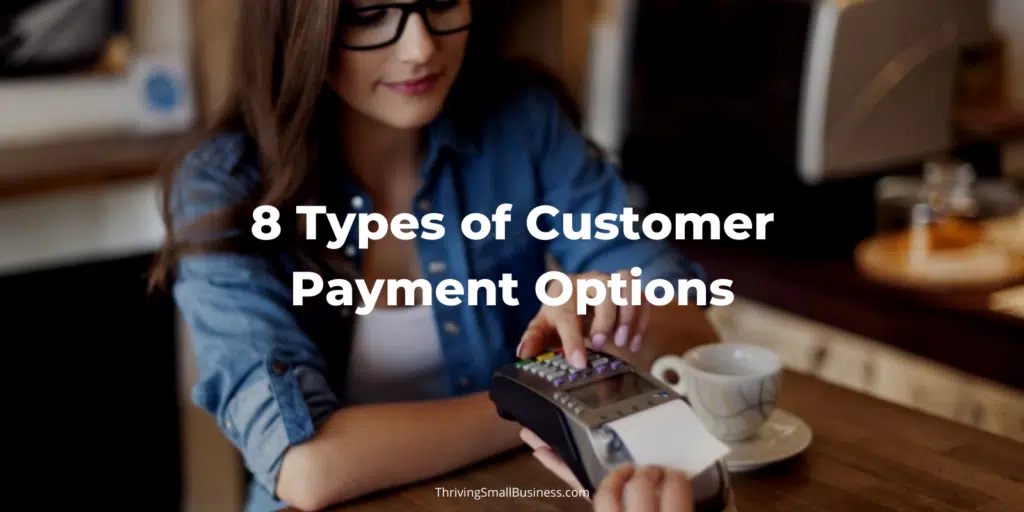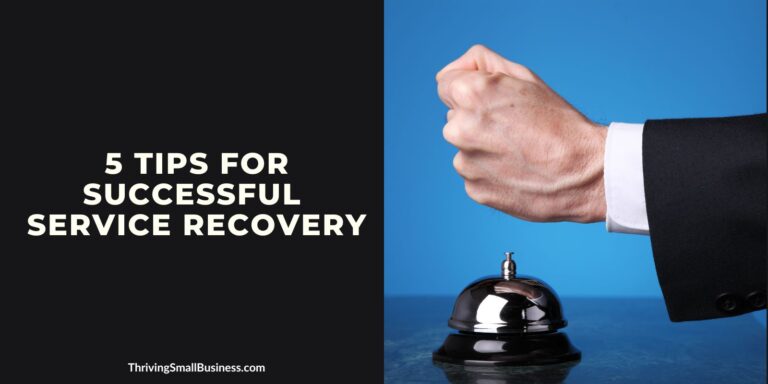8 Types of Customer Payments — and What Your Business Should Accept
Estimated reading time: 4 minutes
If you are a first-time small business owner, you might be tempted to say that you’ll accept any type of payment as long as you get paid.
However, that’s a dangerous precedent to set. Payments come in all forms, some less valuable and some less than trustworthy, and by accepting some types of payments, you might be layering unnecessary risk onto your already risk-filled small business.
Before you allow customers to pay any which way, you should know the advantages and disadvantages of different types of payment — and this guide should help with that.
1. Cash
Long the king of payments, cash is slowly going out of favor with younger consumers. Still, unless your business only manages extremely high-dollar invoices, you should be willing to accept cash.
The beauty of cash is that it costs nothing to process; you merely collect cash payments and deposit them in your business bank account.
However, you should be diligent in documenting your cash payments because IRS audits pay close attention to cash transactions, and even a few dollars and cents unaccounted for could land you with enormous fines.
2. Check
Checks are far from an ideal form of payment. Primarily, they are risky for both customers and businesses alike.
Printed on checks is all sorts of sensitive information, including account numbers and addresses, meaning a misplaced check could expose a consumer to identity theft.

Meanwhile, checks are relatively easy to fake, and few businesses can recognize the signs of fraud before they are affected.
Plus, they take time to write, and few businesses are willing to wait.
Unless you are a B2B, you can choose not to accept checks, and you’ll likely be better for it.
3. Credit Card
Any type of plastic payment is expensive for businesses: A debit card costs 21 cents plus .05 percent of the transaction, and a credit card can cost upwards of 3 percent of the transaction.
Still, seeing as though there are more than 500 million credit and debit cards in circulation in the U.S. alone, it is unwise to operate a business that does not accept plastic.
As long as you research affordable merchant services, you should be able to accept credit cards without a problem.
4. Mobile Payments
Though Google, Apple, and other major tech empires expected mobile payments to revolutionize business, in truth, adoption of mobile payments has been slow.
Still, about half of Americans have used their phones to make purchases in stores, and as Gen-Z starts claiming more purchasing power, you should expect to see the use of mobile payments skyrocket.
You don’t need to act fast to accept mobile payments, but you should have some means of accepting mobile payments by 2021.
5. Bitcoin
Interest in Bitcoin and other cryptocurrencies has been growing for years, but after the Bitcoin market crashed early this year, almost everyone has been trying to buy a piece of digital currency.
Fortunately, it seems that most consumers view Bitcoin as a volatile investment rather than a practical payment method, so it is unlikely that you need to find a way to accept cryptocurrency any time soon.
6. Bartering
Though you might consider bartering to be a practice more appropriate for businesses in the Middle Ages, many startups and small businesses can benefit by trading goods and services with other businesses.
For example, if you are a brand-new web marketing firm, you might offer a photographer a new website in exchange for their shooting of your publicity photos.
Fortunately, most consumers are more than happy to pay using more traditional payment methods, so bartering shouldn’t be an option in most cases.
7. Money Orders
Like checks, money orders are paper documents used to make payments. Unlike checks, money orders are thoroughly secure and issued only after a customer has proffered the money represented on the order.
Money orders are relatively rare forms of payment, most often seen amongst low-income customers.
You should learn how to verify the authenticity of money orders before you decide to accept them.
8. ACH
Automated clearing house (ACH) payments connect bank accounts with billing accounts, so payments are made automatically.
Most often, this payment method is used for recurring payments for services; for example, employers’ “direct deposit” is an ACH payment made to employees.
Freelancers should request ACH payment from their clients because it is faster, more secure, and less costly than other forms of payment.
No matter which payment form you choose, make sure that it is liked by your customers.
You can try to do some surveys in order to ask customers how easy and convenient your payment cycle is for them.
If customers feel it takes too much effort to make a payment, they will be less likely to do so on time. Chances are, if it works for your customers, it will work for your business.






